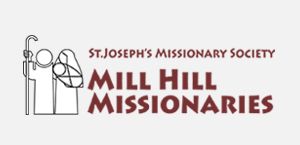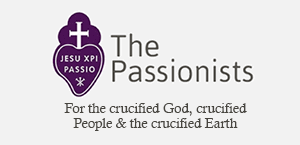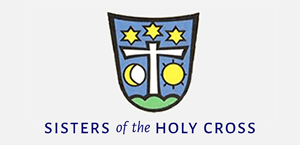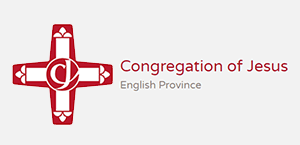Gospel in Art: There in their presence Jesus was transfigured

The Transfiguration by Duccio di Buoninsegna 1307 © National Gallery, London
Source: Christian Art
Gospel of 19th February 2022 - Mark 9:2-13
Jesus took with him Peter and James and John and led them up a high mountain where they could be alone by themselves. There in their presence he was transfigured: his clothes became dazzlingly white, whiter than any earthly bleacher could make them. Elijah appeared to them with Moses; and they were talking with Jesus. Then Peter spoke to Jesus: 'Rabbi,' he said 'it is wonderful for us to be here; so let us make three tents, one for you, one for Moses and one for Elijah.' He did not know what to say; they were so frightened. And a cloud came, covering them in shadow; and there came a voice from the cloud, 'This is my Son, the Beloved. Listen to him.' Then suddenly, when they looked round, they saw no one with them any more but only Jesus.
As they came down from the mountain he warned them to tell no one what they had seen, until after the Son of Man had risen from the dead. They observed the warning faithfully, though among themselves they discussed what 'rising from the dead' could mean. And they put this question to him, 'Why do the scribes say that Elijah has to come first?' 'True,' he said 'Elijah is to come first and to see that everything is as it should be; yet how is it that the scriptures say about the Son of Man that he is to suffer grievously and be treated with contempt? However, I tell you that Elijah has come and they have treated him as they pleased, just as the scriptures say about him.'
Reflection on the Painting
Our small panel by Duccio, painted circa 1307, comes from one of the largest and most ambitious altarpieces ever made. It is the only signed work by Duccio di Buoninsegna, the leading artist of medieval Siena. The entire altarpiece measured five square metres and held five tiers of panels including 54 minutely detailed narrative scenes, such as our panel today depicting the Transfiguration. The altarpiece is known as the Maestà ('Majesty') after its main image of Our Lady with the Christ Child seated on a marble throne. Already at the time, this altarpiece was regarded as a masterpiece. On 9 June 1311, the Maestà was carried in procession through the streets of Siena from Duccio's workshop to the cathedral, where it was installed above the high altar. There are surviving documents which describe the procession and those who took part in it, such as the local bishop and all the city's officials. The ceremony took place in the evening, accompanied by musicians and plenty of candle bearers to light up the gold grounds of the painted panels.
We see Christ standing in the middle with Moses (on his left) and Elijah (on his right). The moment of the Transfiguration is represented here by the golden striations on Christ's robes. Jesus's disciples, Peter, James and John, are at the bottom of the mountain, looking on at what is happening. They raise their hands in awe, blinded by the light. The Transfiguration prefigures the Resurrection and Ascension. This deeper meaning was further reinforced by our panel's placement next to a scene showing the raising of Lazarus, a miracle in which Christ raised a man from the dead in anticipation of his own conquest of death. The other scene flanking our panel, was The Healing of the Man born Blind. The eyes of the disciples at the foot of the mountain were opened too after they witnessed the Transfiguration.
The transfiguration happened for the benefit of the Apostles. Their faith and their trust in Jesus would be forever sealed and would help them in their times of desolation. We pray that Jesus' dazzling brightness will guide us, too, throughout our day.
LINKS
Today's story - https://christian.art/en/daily-gospel-reading/1089
Christian Art - www.christian.art


















